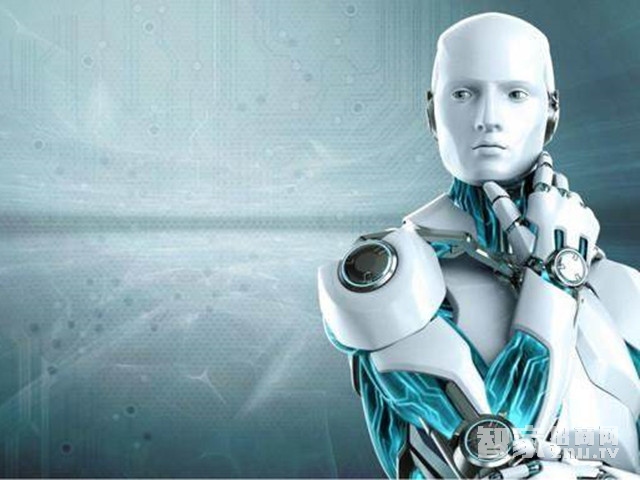The rise of robots is an inevitable trend in social and economic development. Their rapid advancement has significantly enhanced the level of production and improved the quality of human life. In this article, I will classify the functions and roles of robots in various fields based on their applications. Industrial intelligent robots are categorized into welding, assembly, painting, palletizing, and handling robots depending on their specific use. These robots go beyond traditional automation by offering greater flexibility and precision. For example, welding robots perform both spot and arc welding tasks automatically, while assembly robots are widely used for assembling electronic components. Painting robots replace manual labor, and palletizing and handling robots transport goods with speed and accuracy. The adaptability of these robots allows for quick changes in operations to meet evolving production needs—like adjusting weld paths, paint positions, or assembly parts. As industrial production lines require more flexibility, the demand for such robots continues to grow. With the advancement of robotics, the focus has shifted from industrial robots working with inorganic objects to agricultural robots designed for living organisms like plants and animals. These robots help reduce labor intensity, address labor shortages, and improve productivity and safety in farming. They also help minimize exposure to harmful chemicals and enhance the quality of agricultural work. However, due to the complex and unpredictable nature of agricultural environments, developing these robots is more challenging than industrial ones. Current research focuses on tasks like planting, fertilizing, spraying, grafting, transplanting, harvesting, irrigation, and animal care. Japan leads in agricultural robotics, with thousands of robots already deployed in farms. Beyond industry and agriculture, robots are increasingly used in extreme environments where humans cannot easily operate. This includes underwater exploration, space missions, and hazardous areas like radioactive zones or high-temperature environments. While humans have explored the deep sea for years, it’s dangerous and costly. That’s why underwater robots are now preferred. Space robots perform a range of tasks, from flying through the atmosphere to exploring other planets. These robots play a crucial role in scientific discovery and space exploration, making it possible to gather data from places that would otherwise be inaccessible to humans. Robot technology has not only transformed industries but is also becoming a part of everyday life. Service robots are designed to assist in daily activities, such as cleaning, healthcare, security, rescue, entertainment, and equipment maintenance. Although the concept of service robots is relatively new, their potential applications are vast. According to the International Federation of Robotics, a service robot is one that operates autonomously or semi-autonomously to provide assistance in daily life or support rehabilitation. As technology advances, these robots are expected to become more common in homes and public spaces. In the near future, as intelligent robot technology continues to evolve, we can expect them to become an essential part of our lives. With ongoing research and innovation, they will bring comfort, convenience, and better health to people around the world. Article: How Robot Intelligence Levels Classify Intelligent Robots Recommended: ILIFE Intelligent Sweeping Robot - Automatic Recharge, Sweep and Mop, X750 Model
TFT (Thin Film Transistor) is a thin film field effect transistor. The so-called thin film transistor means that each liquid crystal pixel on the Liquid Crystal Display is driven by a thin film transistor integrated behind it. This can Display Screen information at high speed, high brightness, and high contrast. TFT is an active matrix liquid crystal display.
The TFT-LCD liquid crystal display is a thin film transistor type liquid crystal display, also known as "true color" (TFT). TFT liquid crystal has a semiconductor switch for each pixel, and each pixel can be directly controlled by dot pulses, so each node is relatively independent and can be continuously controlled, which not only improves the response speed of the display, but also can be accurately controlled Display color gradation, so the color of TFT liquid crystal is more real.
In the fierce competition among many flat panel displays, why TFT-LCD can stand out and become the next-generation mainstream display is by no means accidental, it is the inevitable development of human technology and thinking mode. The liquid crystal has avoided the difficult light-emitting problem successively, and the light-emitting display device is decomposed into two parts by using the excellent characteristics of the liquid crystal as a light valve, namely the light source and the control of the light source. As a light source, brilliant results have been achieved in terms of luminous efficiency, full color, and life, and they are still being deepened. Since the invention of LCD, the backlight has been continuously improved, from monochrome to color, from thick to thin, from side fluorescent lamp type to flat fluorescent lamp type. The latest achievements in luminous light sources will provide new backlight sources for LCDs. With the advancement of light source technology, newer and better light sources will appear and be applied to LCDs. The rest is the control of the light source, the technology and process of the semiconductor large-scale integrated circuit are transplanted, the thin film transistor (TFT) production process has been successfully developed, the matrix addressing control of the liquid crystal light valve is realized, and the light of the liquid crystal display is solved. The cooperation of the valve and the controller enables the advantages of the liquid crystal display to be realized. Tft Display,Tft Display Clear,Edp Tft Display,1.8 Inch Clear Tft Display ESEN HK LIMITED , https://www.esenlcd.com
Industrial Intelligent Robots
Agricultural Intelligent Robots
Exploring Intelligent Robots
Service Intelligent Robots
Related Suggestions: